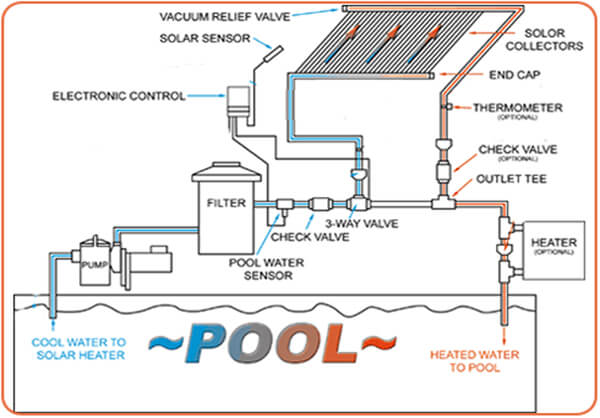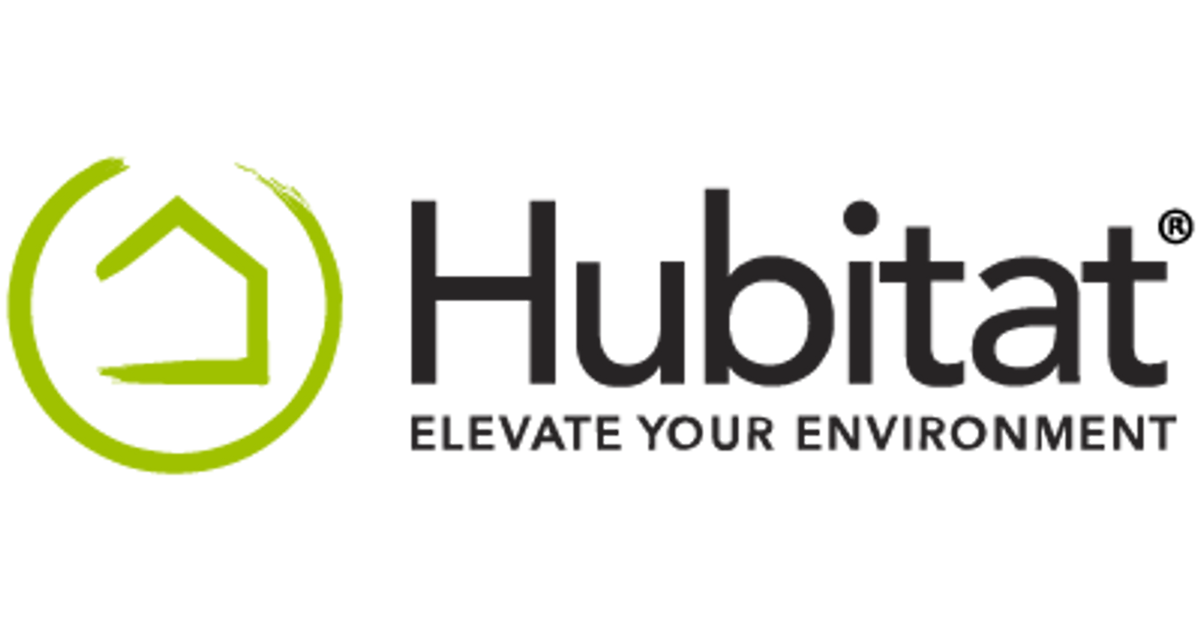If your solar panel array is lower than the pool surface, you wouldn't need a solar drain down valve, the panels would stay full of water 24/7.
Keep in mind that solar panels, especially the little tubes, expand and contract with the air and water temperature they encounter. Keep an eye on that, as you would not want them to contract such that the tube connections to the two manifolds get stressed. Those connections are a failure point for solar panels.
My panels are fixed to the roof at one end, but are sort of "free floating at the other end. They can expand and contract freely, quite a bit. That's in the direction parallel to the little tubes. They can also freely expand and contract in the direction parallel to the manifolds, because the manifolds are not actually fixed to their brackets, they can slide within them.
The tubes of my system don't sit on the roof, they are attached to spacer-brackets that elevate them off the surface of the roof an inch or so. These spacers keep the tubes from dragging across the roof tiles as they expand and contract throughout the day and night. Keep that in mind. Your tubes will move slightly across whatever you have supporting them. Be sure whatever you're using for supports minimize abrasion. That's another failure point for solar panels. That may sound unlikely, but realize those panels will be rubbing on whatever they touch, every hour of the day and night for the next 20 years or so.
I eventually replaced all the zip ties I first used to hold various components of my system in place. Even the UV-rated ones don't last long in the sun. For all things yard, I now use stainless steel wire.









